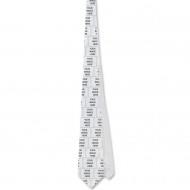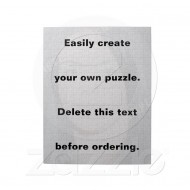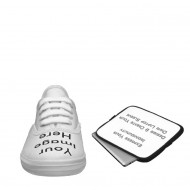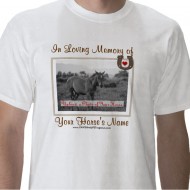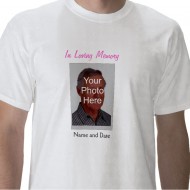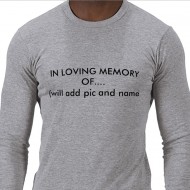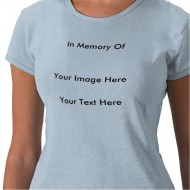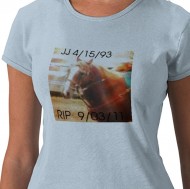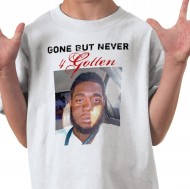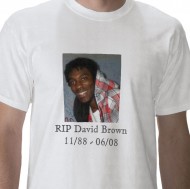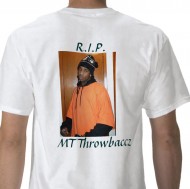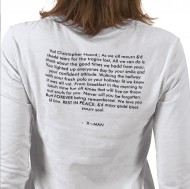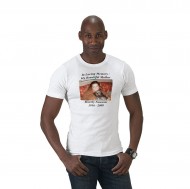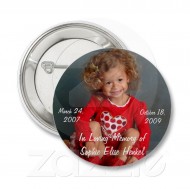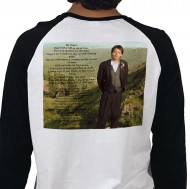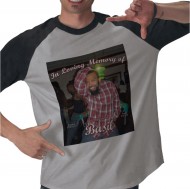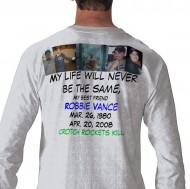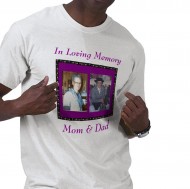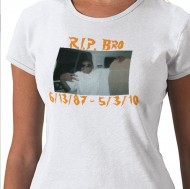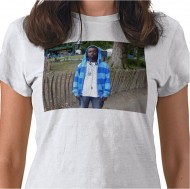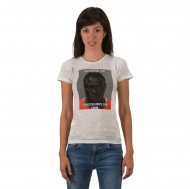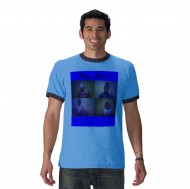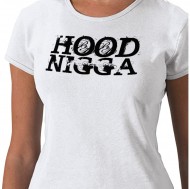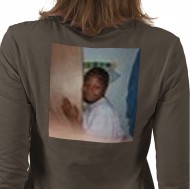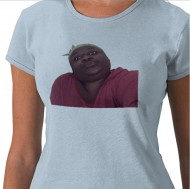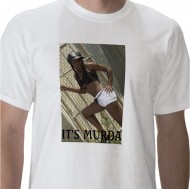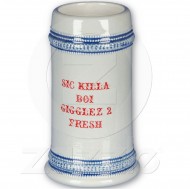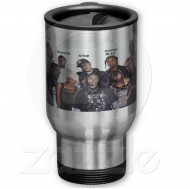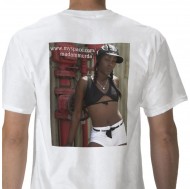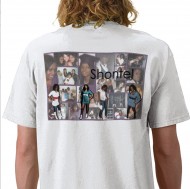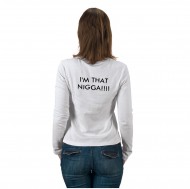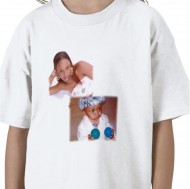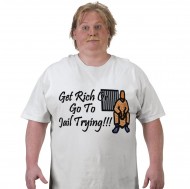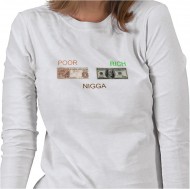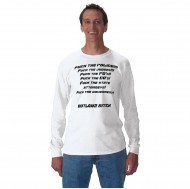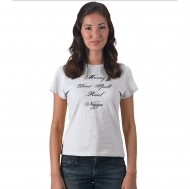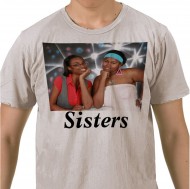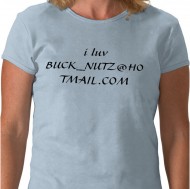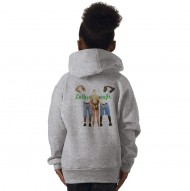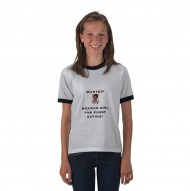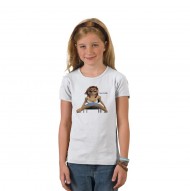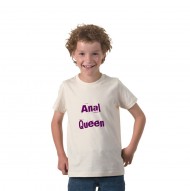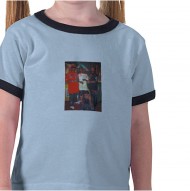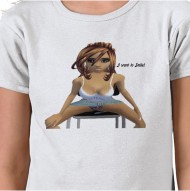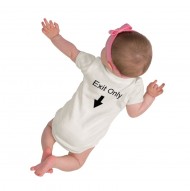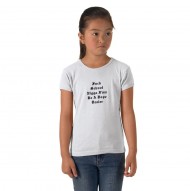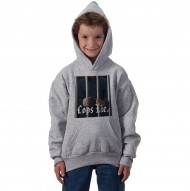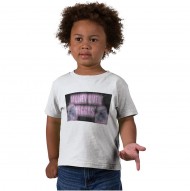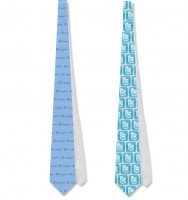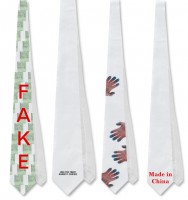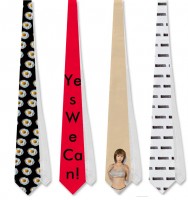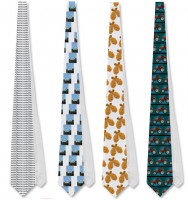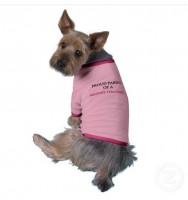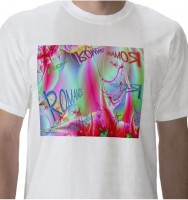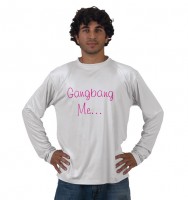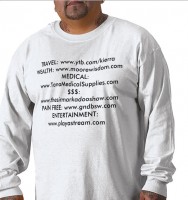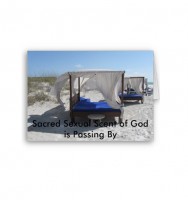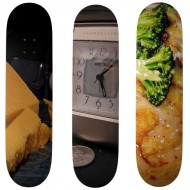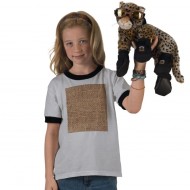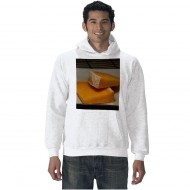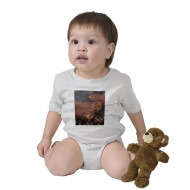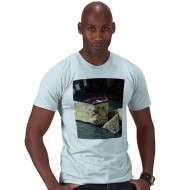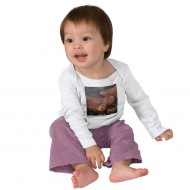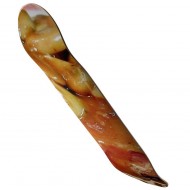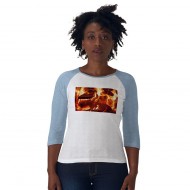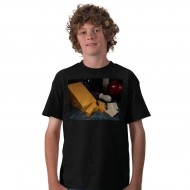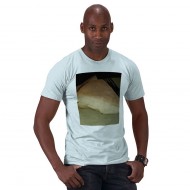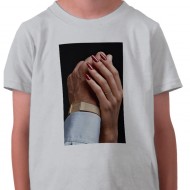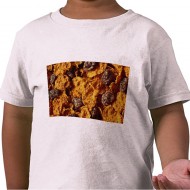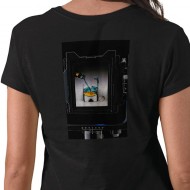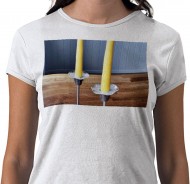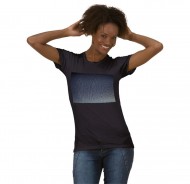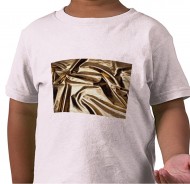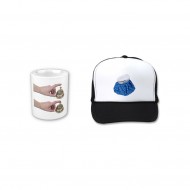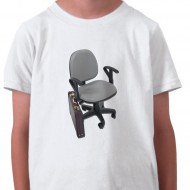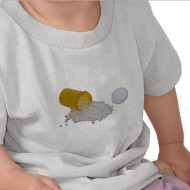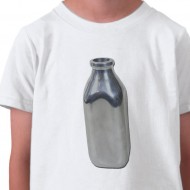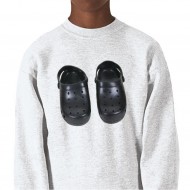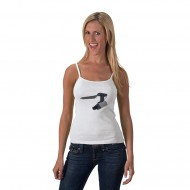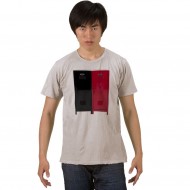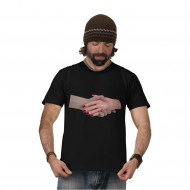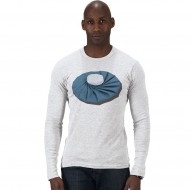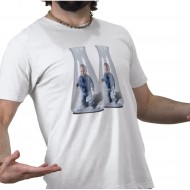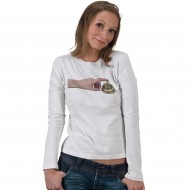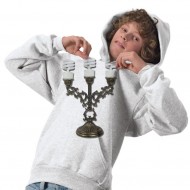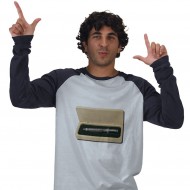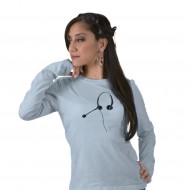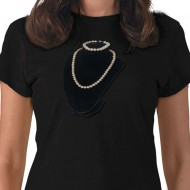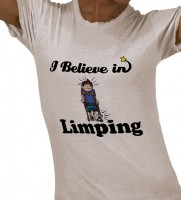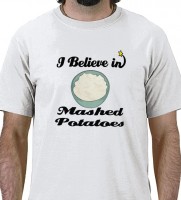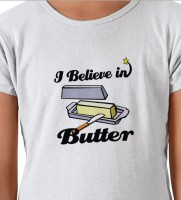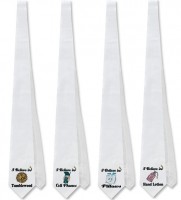Spam-erican Apparel
Keywords: 20 billion unique products, anal queen, astronomical, Babak Radboy, Believe in, Bidoun Magazine, lifesphere, ShroudedLake, Zazzle, Zazzler
Zazzle: you’ve never heard of it. One of thousands of designer nonsense words necessitated by online commerce, invoking within the reptile mind something ugly, pointless and incredibly popular. And Zazzle is in fact more pointless than Twitter, more popular than Blingy, and it’s ugliness is only exceeded by it’s total, major importance. Not because it is the world’s leading platform for quality custom goods, or for whatever reasons lead Google investors John Doerr and Ram Shriram to pump 16 million into it in 2005, or TechCrunch to name it as 2007’s best business model. Zazzle is important because it has as a platform for design, fostered, or at least allowed to fester, modes of production, and millions of objects, belonging squarely to the future.
Zazzle is not the first online resource for applying your own graphics to manufacture-on-demand crap, what makes it different is it’s proprietary framework: Zazzle kind-of owns anything you make on Zazzle and will keep on selling it to anyone who wants it, until the end of time. The effect of this is that Zazzle itself, as a brand, currently holds an inventory of over 20 billion unique products! This astronomical figure is tempered slightly by the fact that none of these things actually physically exist, and explained to some degree by Zazzle’s EZ-create web interface, which automatically applies every uploaded design to every one of the hundreds of template-objects Zazzle has on offer.
EZ-Automation also accounts for some of the more pedestrian, but still mind-boggling, perversities regularly generated on Zazzle: Anal Queen infant onesies, gang-related German beer steins, painfully touching memorial mousepads, and white people wearing things that say “Nigga” on them. All of which are really, really funny, and infinitely valuable—if not as actual garments, then at least as jpegs. But even these works of art do not account for what is truly groundbreaking about Zazzle.
There is an entirely different order of product being developed here, far beyond the outer reaches of irony. I first started seeing them in Google Image searches; the most random queries were returning pictures of t-shirts, trucker hats, and especially ties that were truly uncanny. One could not, by looking at them, decipher how they had come about, what possible thought process lay behind them, who they were for, or why anyone would want them. They had something akin to the lost-in-translation weirdness of Chinese Shanzhai culture, but what was being lost was in a language far more distant than Chinese; one got the impression the “designers” of these pieces were speaking strictly in ones and zeros. I had visions of design-bots, data mining for user patterns, instantaneously designing products based on trending search queries, generating t-shirts like predictive text and graphics through some kind of visual auto-tune. Amazingly, it turns out I am not totally wrong.
Most people on Zazzle are actual people, making products, one at a time, for themselves, as gifts or to make a modest buck. Trolling through Zazzler forums, one reads again and again the hard-learned lesson of techno-capitalism that a hundred terrible shirts invariably will make more money than ten good ones. Here arises a mutant breed of Zazzler—representing a tiny minority of its members but a disproportionately large number of products—marrying the production line and the bottom line with the command line and developing programs that to varying degrees automate their design process, producing tens of thousands of products with little or no human oversight or labor.
LifeSphere
“LifeSphere has great great unique designs will keep you looking special with your one of a kind designs.”
LifeSphere currently offers more than 90,000 unique products and is more than likely run by one person in a suburban bungalow in Phoenix. As far as I can gather their process consists of ALPHABETICALLY(!) applying every single image in the Public Domain photography archive to every object Zazzle offers. Amazingly almost everything they make is amazing. From doggy clothes featuring macrophotography of Chex Mix, to “Thanksgiving Shrimp” skateboard decks, LifeSphere proves 90,000 times over that rigorous process-based design yields infallibly fresh results.
ShroudedLake
“A collection of images that take the mundane to a new level and give it a new life.”
ShroudedLake is unique in that its vendor description accurately describes what is in the store; ShroudedLake DEFINITELY takes the mundane to a new level. Like a corporate stock photographer on a meth binge, ShroudedLake basically arranges miniature versions of a fairly limited number of everyday objects in a seemingly endless number of combinations: square of grass with a tiny shoe on it, square of grass with a golf tee on it, square of grass with a golf ball on a golf tee on it, square of grass with a golf ball next to a golf tee on it, etc. The high quality of the photography and consistency of aesthetics would make the deadpan inanity of ShroudedLake seem almost self-conscious and ironic if it weren’t for the sheer scale of their inventory (40,000 items!). FIA? MoMA? Costume Institute? It’s time for a retrospective!
believe_in
“What do you believe in? Express yourself with these unique Believe in designs. Some are serious.. some are funny. Available on shirts, stickers, binders, buttons, postcards, totes and so much more.”
believe_in pairs the words “I believe in” with a picture of a thing. Its only redeeming quality is in the quantity and insipidness of its designs in contradiction to the inspirational implication of its theme. Bizarrely, believe_in has forgone the great variety of nominal concepts that would seem proper to “belief” (love, hate, fear, truth, justice, freedom, doubt) for a din of completely random and innocuous household objects: I believe in Nails, I believe in Nail Polish, etc. Without a doubt this was done because the collection of copyright-free clipart they are basing their process on had a lot of pictures of things that go on desks and in drawers than things anyone might ever actually believe in. believe_in also runs Animals for a Cause, an equally inane vendor which through the power of… combination, pairs animals with health problems in over 20 thousand variations. It’s true: Prostate cancer does totally stink.
These vendors are admittedly modest proof for a historic paradigm shift in design, and they do not fully articulate the logics they imply. Conducting research on Zazzle itself epitomizes the disturbingly quantum logic of our times: You can only find things in as much as you search for them, so what exists depends essentially on what is queried. Moreover, Zazzle is so well integrated into Google’s ranking algorithms, that finding anything out about it is next to impossible, as any search with the word Zazzle in it will return hundreds of pages of crappy Zazzle crap.
Nonetheless one sees in Zazzle’s machinations a new horizon for a capitalism in decline. In a twist on the trends of globalization, Zazzle inadvertently outsources, automates, and disperses not only the concrete labor and manufacture of goods but also the intellectual labor that engenders them. By analogy, one sees in Zazzle the the contours of the oft-misquoted misquote by Marx on the conditions that precede the death of state capitalism: The government of persons is replaced by the administration of things and by the conduct of processes of production. The state is not “abolished,” It dies out. Ironically, by way of mass-customization, Zazzle may represent the final spasm in another long-protracted demise—the death of the author.
